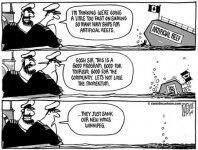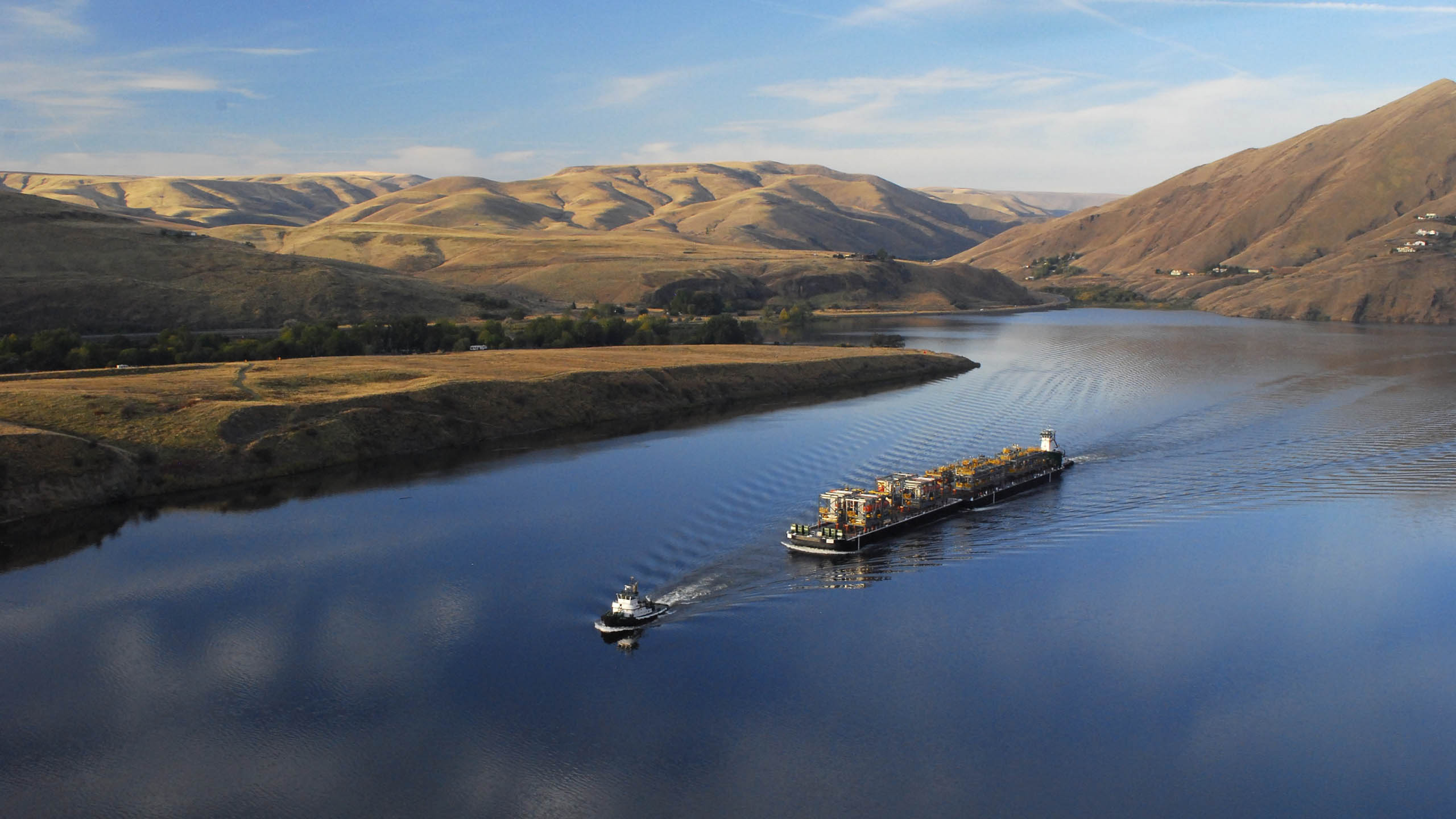Colin Parkinson
Army.ca Myth
- Reaction score
- 13,023
- Points
- 1,160
Canada has designed some excellent postwar ships, the DDE's , the 280's, the Halifax's and the Kingston's. None of these ships were born out of ether, they all took elements from other designs around the world at the time of their build. What we are doing with the CSC is actually building closer to a current design than before. However ever modification and use of different equipment causes a ripple of new design challenges. If cooling pipes or power couplings are on different ends, that requires rerouting piping and cabling, that may for design changes in the adjacent compartments. Also you try to incorporate lessons learned fro others working on the same design.







